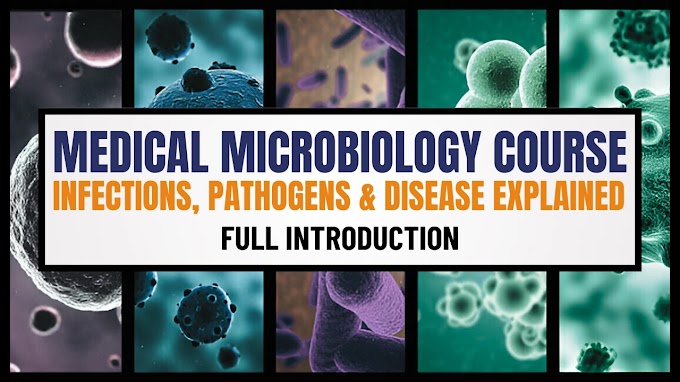Summary:
New research suggests that early human ancestors, such as Australopithecus, primarily consumed plant-based diets around 3.5 million years ago. An analysis of nitrogen isotopes in fossilized tooth enamel from seven Australopithecus individuals revealed little to no evidence of meat consumption, highlighting their reliance on vegetarian diets.
Full Story
Research published in the journal Science reveals that Australopithecus, a genus of early human ancestors that lived approximately 3.5 million years ago in southern Africa, primarily ate plants. This conclusion is based on nitrogen isotope analysis of fossilized tooth enamel from specimens found at the Sterkfontein Caves near Johannesburg, a UNESCO World Heritage Site known as the "Cradle of Humankind."
The study was conducted by a team of researchers from the Max Planck Institute for Chemistry in Germany and the University of the Witwatersrand (Wits University) in South Africa. Their findings challenge the long-held belief that early human ancestors relied significantly on meat, which is often linked to brain development and tool-making advancements.
Insights from Tooth Enamel
Tooth enamel, the hardest tissue in the mammalian body, retains chemical signatures of an individual’s diet, even millions of years later. Lead researcher Dr. Tina Lüdecke and her team utilized a groundbreaking technique to measure nitrogen isotopes in ancient tooth enamel. This method, developed at the Max Planck Institute for Chemistry, allows the analysis of fossil materials millions of years old, surpassing the previous limit of only tens of thousands of years.
The research revealed low nitrogen isotope ratios in Australopithecus tooth enamel, indicating a predominantly plant-based diet. This contrasts with the higher nitrogen isotope ratios found in carnivores and herbivores that consumed some animal protein. While occasional consumption of eggs or insects cannot be ruled out, there is no evidence to suggest that Australopithecus regularly consumed meat or hunted large mammals, as Neanderthals did millions of years later.
Expanding Research
Dr. Lüdecke’s team aims to expand their studies to other hominin species and fossil sites across eastern and southern Africa and southeast Asia. Their goal is to investigate when meat consumption began, how it evolved, and whether it influenced traits like increased brain size.
"This innovative method gives us unprecedented insight into early hominin diets," says Alfredo Martínez-García of the Max Planck Institute for Chemistry. "It could help us answer critical questions, such as when our ancestors started eating meat and how it contributed to their evolution."
The Sterkfontein Caves, where this study originated, have played a crucial role in advancing our understanding of early human evolution for nearly nine decades.
Implications for Human Evolution
This study provides compelling evidence that Australopithecus predominantly relied on plant-based food and did not include significant amounts of meat in their diet. As the research expands, it holds promise for answering pivotal questions about the evolutionary role of diet in shaping human history.
This work was supported by the Max Planck Society and the German Research Foundation's Emmy Noether program.
Reference:
Tina Lüdecke, Jennifer N. Leichliter, Dominic Stratford, Daniel M. Sigman, Hubert Vonhof, Gerald H. Haug, Marion K. Bamford, Alfredo Martínez-García. Australopithecus at Sterkfontein did not consume substantial mammalian meat. Science, 2025; 387 (6731): 309 DOI: 10.1126/science.adq7315







